Do not read on if you’re squeamish about blood-sucking parasites. No, I’m not referring to Henry VII, but his equally usurping Lancastrian predecessor, Henry IV.
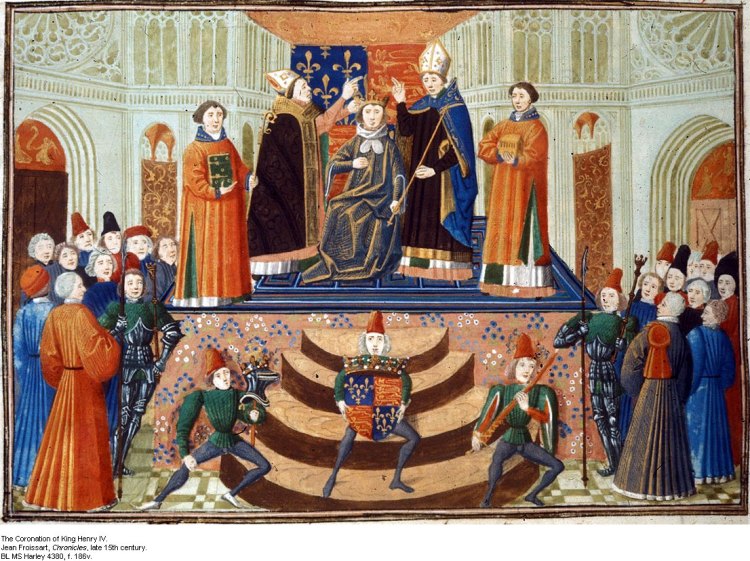
When we think of medieval coronations, and see contemporary illustrations, we see the glamour, colour and solemnity of the occasion, hear the singing, smell the incense, observe the wonderful robes and so on. The last thing we modern folk would expect would be to learn that the new king’s head was infested with lice! Oh, yuk! But that is what was found at the coronation of Henry IV.
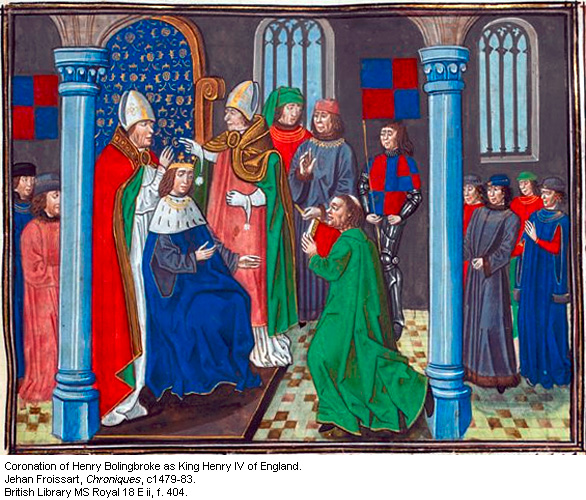
It is not something I had heard before, but yesterday, on reading King Richard II by Bryan Bevan, I discovered: “It was fortunate for Henry that the sacred oil of Edward the Confessor was used during the anointing ceremony, but it was found that the new King’s head was full of lice.” And Adam Usk claimed that shortly after the coronation his [Henry’s] hair fell out, supposedly a result of lice. Another report says that he had his hair close-cropped because of head lice, which may explain the sudden baldness report. Although when his remains were examined in the 19th century, he was found to be completely bald, albeit with a full beard. This is how he appears on his circa 1437 tomb in Canterbury Cathedral.
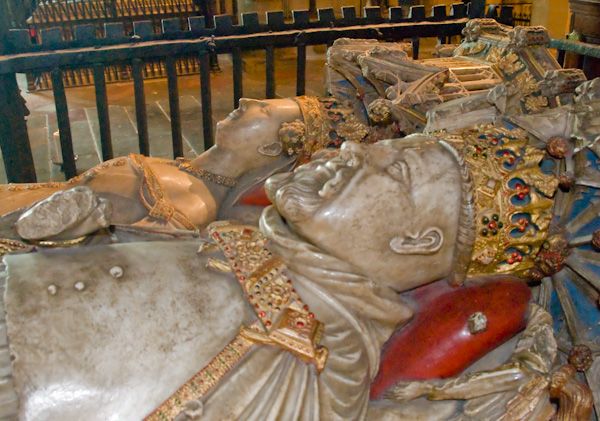
Yes, I know that such parasites were much more abundant in times gone by, but this must have been a bad case to warrant such specific mention. There is no excuse for Henry. Adult lice can be squashed and removed, even if the nits are a trickier matter. The necessary combs were available, so for a King of England to be crowned when he was that lousy and crawling is an awful indictment. It wasn’t as if he didn’t have an army of servants to attend to such matters!
I cannot imagine his murdered predecessor appearing like that. Richard II was a fastidious man who took infinite care with his appearance.The first louse foolish enough to advance upon him would have been exterminated at first contact! I’m sure Richard would have had the shuddering habdabs if such an unwelcome visitor were to dare to sully his royal pate! The nit comb must have been very regularly applied, to ensure such a thing didn’t happen.
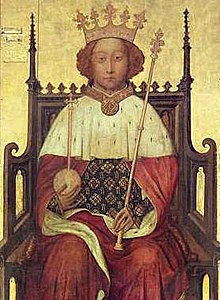 Lice were mainly associated with the lowest people in society. So much for Henry of Bolingbroke. But then, he was low. He, no more than Henry VII, had any business sitting on the throne, and both achieved their aim by the violent death of the rightful incumbent.
Lice were mainly associated with the lowest people in society. So much for Henry of Bolingbroke. But then, he was low. He, no more than Henry VII, had any business sitting on the throne, and both achieved their aim by the violent death of the rightful incumbent.
According to http://nitwitslice.com/a-short-history-of-head-lice/ “…One myth tells that to lure the lice off of the scalp, one would make a fur vest and wear it throughout the day and night hoping lice would make their way onto the warm fur. As ridiculous as that may sound, with no real medical knowledge of how to alleviate the problem who knows how many medieval men or women may have actually attempted this practice…” Who indeed.
What was the medieval view and treatment of these parasites? All lice, not just those on the head? According to Shakespeare’s Medical Language, by Sujata Iyengar:
“. . .lice were thought to develop from corrupted humors in the blood, and to escape through small holes or pores in the skin. If the patient had been cursed by God, as in the plagues of Egypt, lice-infestation was incurable, but if the infestation was natural, sufferers ought to abstain from foods that would breed phlegm and particularly from figs and dates, and to wash their bodies twice a day in salt water and a mixture of lye and wormwood. Mustard-plasters and quicksilver dissolved in grease or oil was also effective. . .”
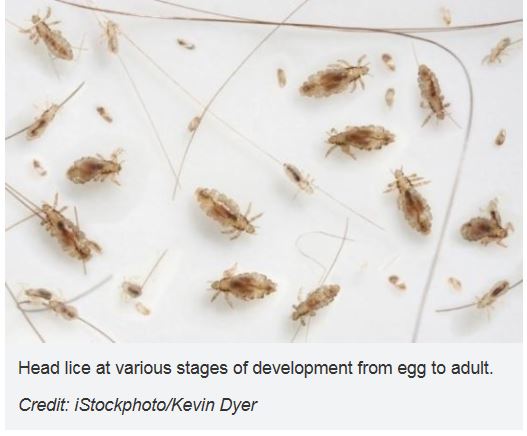
A “cure” for head lice that has existed since at least 1526 (Treasure of Pore Men) recommends pounding olive oil with Rhenish wine and the unidentified “Aruement”, which could well be arrowmint, and applying it to the body. An alternative was to smear the body with grease from an ungelded pig, mixed with brimstone and quicksilver in Rhemish wine and arrowmint. It was suggested in The Castel of Helthe (1539) that eating dried figs breeds lice, since the dessicated fruit is by complexion so hot and dry.
The above is all very well for the rich, but how many really poor people could afford such ingredients? I think the nit comb was probably the best they could do. Maybe such an implement was passed around as needed, which, of course, would ensure the transmission of the parasite. But then, transmission of this sort was not understood, although it was understood that “the homeless, the poverty-stricken, the overcrowded, and children suffered disproportionately from infestation”.

So. . .can Henry IV be excused for turning up at his coronation in such a lousy state? No. Nits are sods to remove, but not the living adults. To get into such a terrible state of infestation, he cannot have done much about checking the parasites’ relentless advance. Perhaps he liked their company.
Oh, I do love an opportunity to give Bolingbroke yet another thumbs-down! He had no right to Richard II’s throne, he stole it. The right should have passed down through the Mortimers from Lionel of Clarence, not through John of Gaunt. So it’s boo! hiss! to Henry IV. And his lice.
For more:
http://www.medievalhistories.com/medieval-hair-colours/
https://www.licedoctors.com/blog/history-of-head-lice-treatment.html
The Fears of Henry IV, by Ian Mortimer.





Damme, Viscountess, I laughed way too loudly at your opening lines!
Is Bolingbroke as bald as an egg in his effigy, or is that a fringe of hair showing under his crown? It looks rather like the dire pudding-bowl haircuts that were all the rage at the time. But yeah, lousy in every sense, him and that bastard Tudor offshoot of Lancaster.
LikeLiked by 2 people